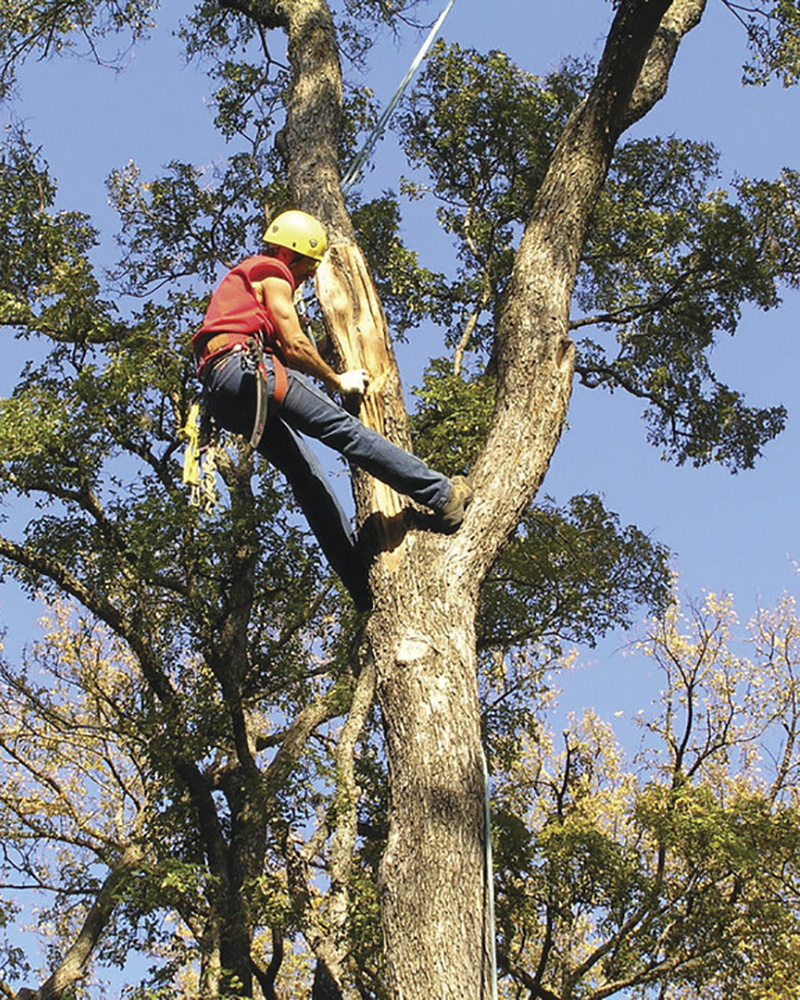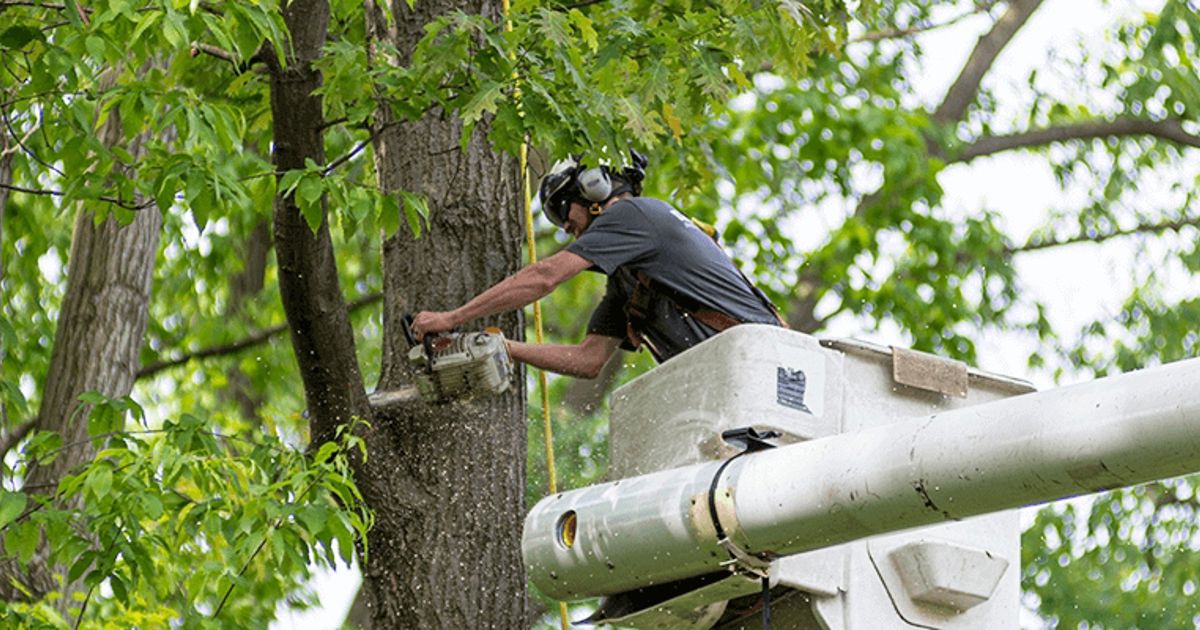Guilford CT Tree Service: Specialist Tree Removal
Guilford CT Tree Service: Specialist Tree Removal
Blog Article
Comprehending the Relevance of Tree Preservation and Preservation Practices in Urban Areas
In the dynamic landscape of urban atmospheres, trees usually stand as silent guardians, supplying a multitude of benefits that expand much past their visual appeal. Understanding the significance of tree preservation and conservation methods in these locations is not just an ecological factor to consider however a holistic method to cultivating sustainable and resilient areas. As we explore the intertwined textile of ecological, social, and economic benefits that metropolitan trees offer, it comes to be noticeable that their preservation is crucial for the well-being of future and present generations. Allow us start a journey to reveal the vital role that trees play fit the metropolitan landscapes of tomorrow.
Ecological Benefits of Trees in Cities
Trees in metropolitan areas play a vital duty in supplying various ecological benefits, adding to the overall health of city slicker. One considerable advantage is the renovation of air top quality. Trees act as all-natural filters, absorbing pollutants such as carbon monoxide, sulfur dioxide, and nitrogen dioxide, and launching oxygen into the atmosphere. This procedure helps in reducing the focus of damaging gases, making the air cleaner and healthier for residents.

Moreover, trees add to water management by lowering stormwater overflow and dirt disintegration. Generally, the environmental advantages of trees in cities are necessary for developing comfortable and sustainable metropolitan settings.
Social Value of Urban Tree Conservation
In modern city landscapes, the preservation of trees holds considerable social importance for cultivating area wellness and enhancing high quality of life. Urban tree conservation plays a crucial role in developing spaces for social interaction and area interaction.

Economic Value of Tree Preservation
The preservation and preservation of city trees provide considerable economic advantages that add to the general financial wellness of cities and communities. Urban trees supply a vast array of economic benefits that positively affect neighborhood economies.
Additionally, trees play an essential function in minimizing stormwater drainage and reducing the effects of flooding, which can lead to price financial savings for cities in regards to infrastructure repair and maintenance. Urban trees likewise contribute to enhanced air high quality by launching and soaking up contaminants oxygen, causing possible cost savings in healthcare costs connected with respiratory system ailments. By acknowledging this link and investing in the financial value of tree preservation, cities can promote lasting development, improve quality of life, and produce even more durable city atmospheres.
Methods for Sustainable Urban Tree Monitoring
A detailed approach to sustainable city tree management includes incorporating diverse methods that focus on long-term ecological wellness and neighborhood wellness. Applying tree stocks and evaluations is critical to understand urban tree populations, their wellness, and upkeep requirements. Normal trimming, watering, and mulching are necessary methods to ensure tree vitality. In addition, taking on tree growing programs that concentrate on climate-resilient and indigenous species can boost metropolitan biodiversity and sustainability.
Community interaction plays a pivotal function in sustainable metropolitan tree administration. Educating citizens regarding the advantages of trees, arranging tree growing occasions, and including volunteers in tree care activities promotes a sense of ownership and stewardship. Cooperation between local federal government, ecological organizations, and locals is key to creating and implementing efficient tree management strategies.
Investing in environment-friendly infrastructure, such as eco-friendly roofing systems and city woodlands, can give several advantages, including improved air high quality, stormwater administration, and metropolitan warmth island mitigation. tree removal. Incorporating trees into urban planning and layout processes makes certain that trees are valued as important elements of a healthy and balanced and durable city Resources atmosphere
Neighborhood Participation in Tree Preservation
Neighborhood participation is an essential element in cultivating sustainable city tree management methods and making certain the lasting health and conservation of metropolitan tree populaces. Involving the area in tree preservation initiatives can cause raised recognition, appreciation, and stewardship of trees within metropolitan areas. find here When residents proactively take part in tree preservation, maintenance, and planting efforts, they develop a sense of possession and pride in their regional setting.
Community participation likewise advertises social communication and partnership among citizens, regional authorities, and ecological companies, cultivating a shared responsibility for urban tree preservation. By organizing tree planting events, educational workshops, and volunteer opportunities, communities can interact to enhance the city tree canopy and produce greener, much healthier cities. Involving residents in decision-making procedures regarding tree administration ensures that diverse viewpoints and local knowledge are thought about, leading to a lot more reliable and sustainable conservation practices. Ultimately, community participation plays a vital function in structure flourishing and durable city forests for future generations to enjoy.
Verdict
Finally, metropolitan tree preservation and preservation techniques play a vital function in improving the ecological, social, and economic well-being of cities. By identifying the worth of trees in metropolitan areas and executing lasting monitoring strategies, neighborhoods can appreciate the countless benefits that trees offer. It is imperative for stakeholders to actively get involved in tree preservation efforts to guarantee a greener and healthier city environment for future and existing generations.

Report this page